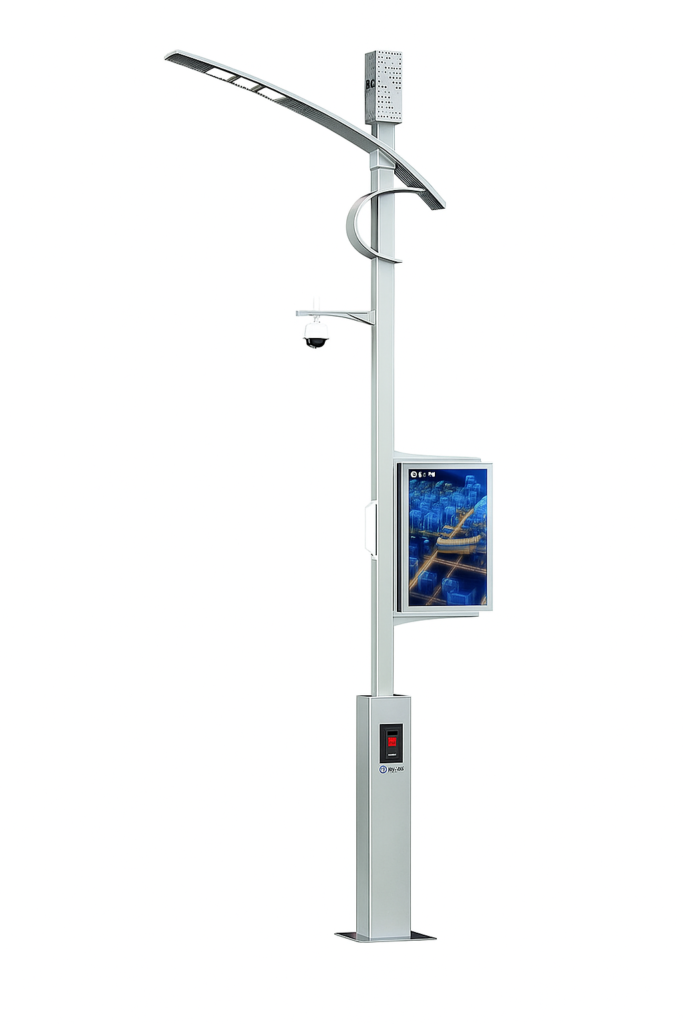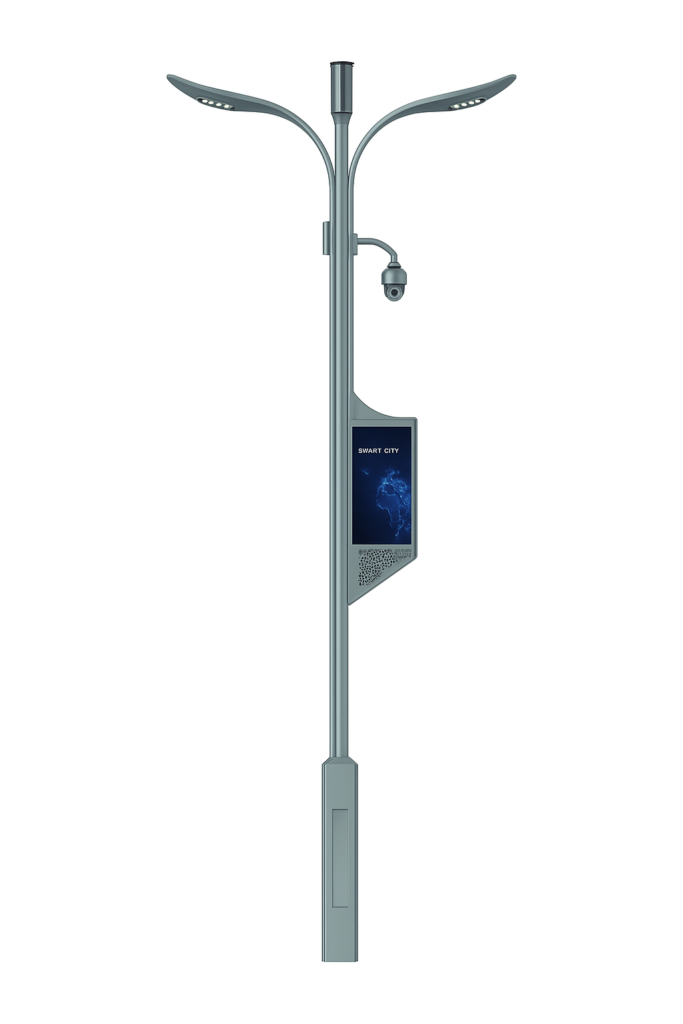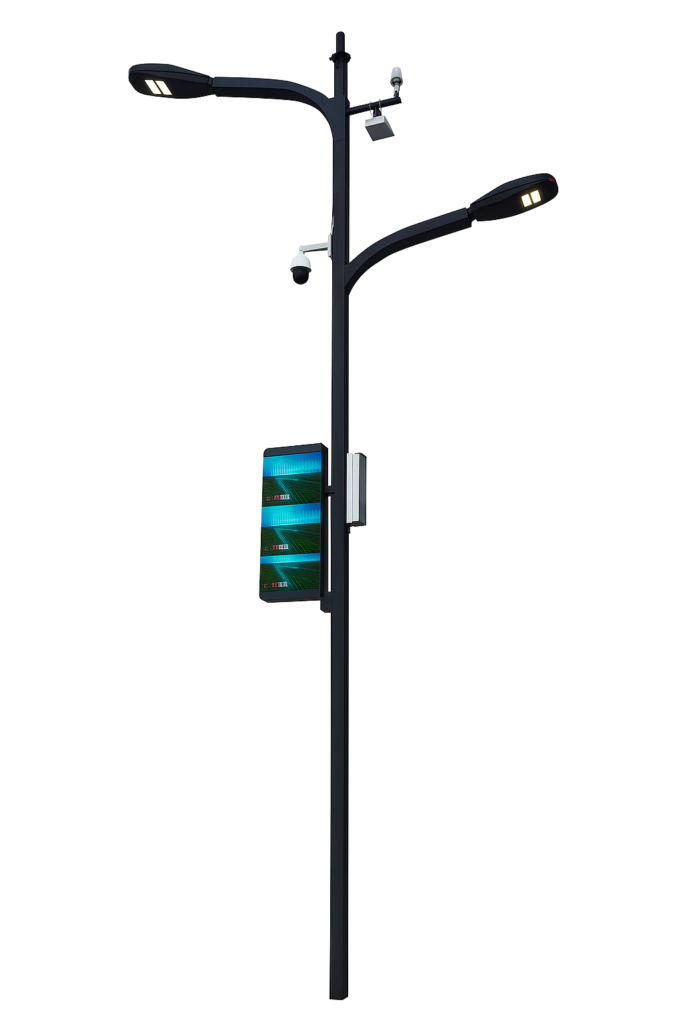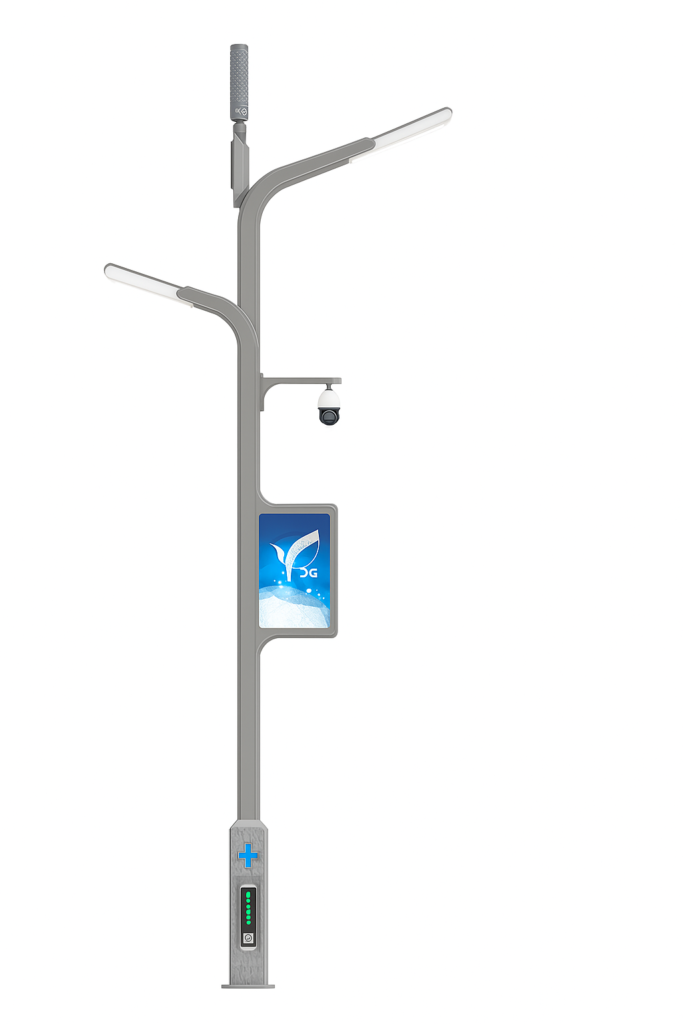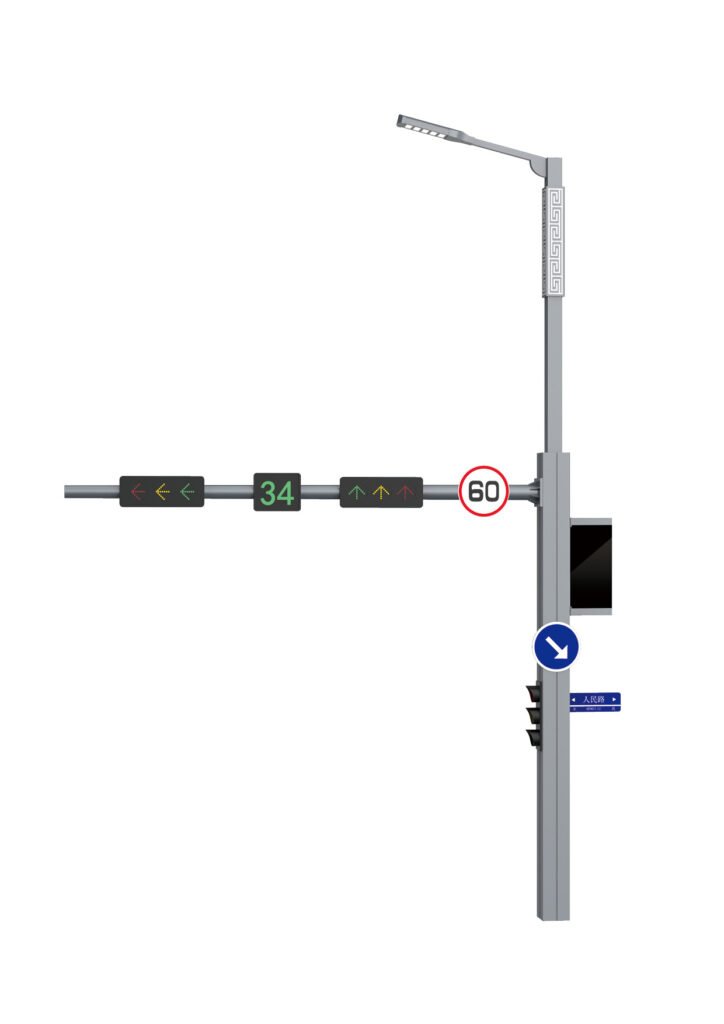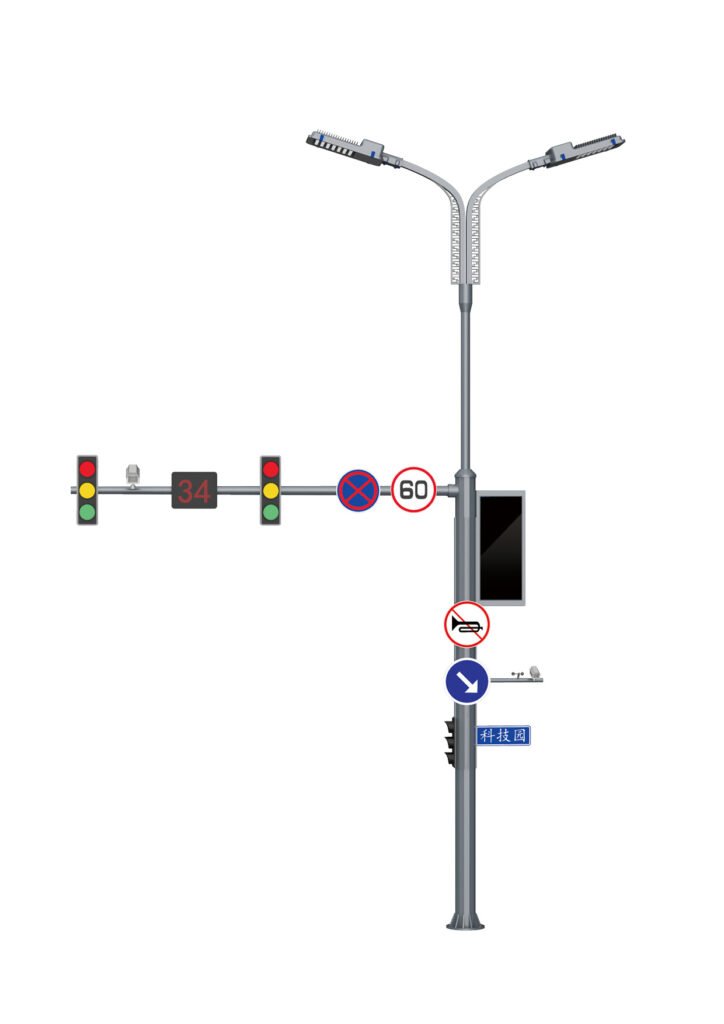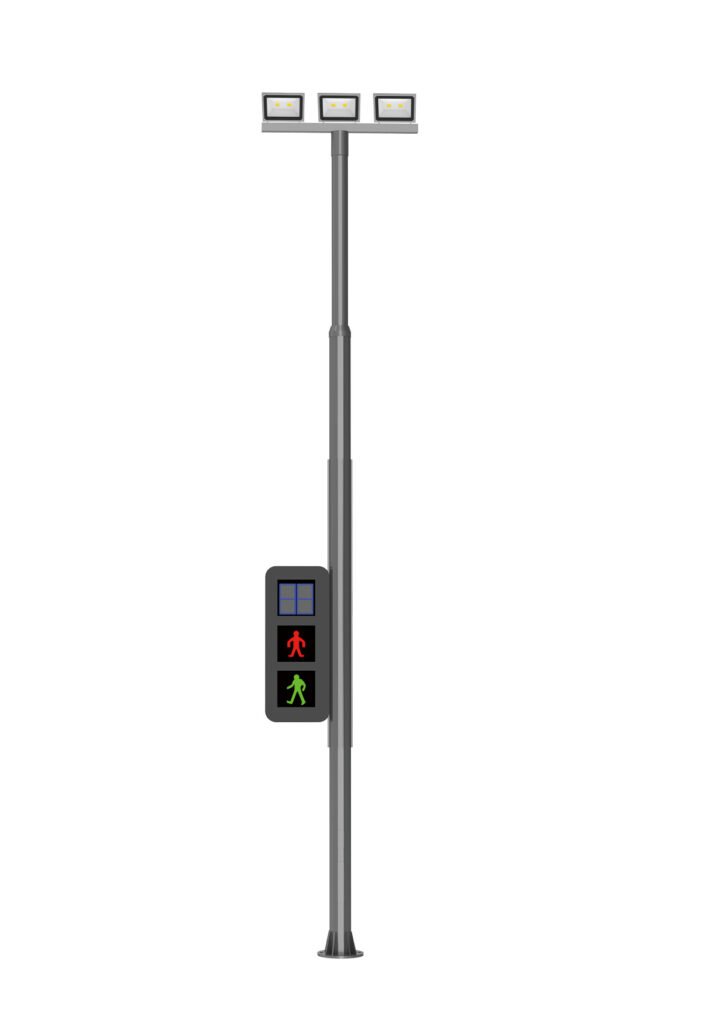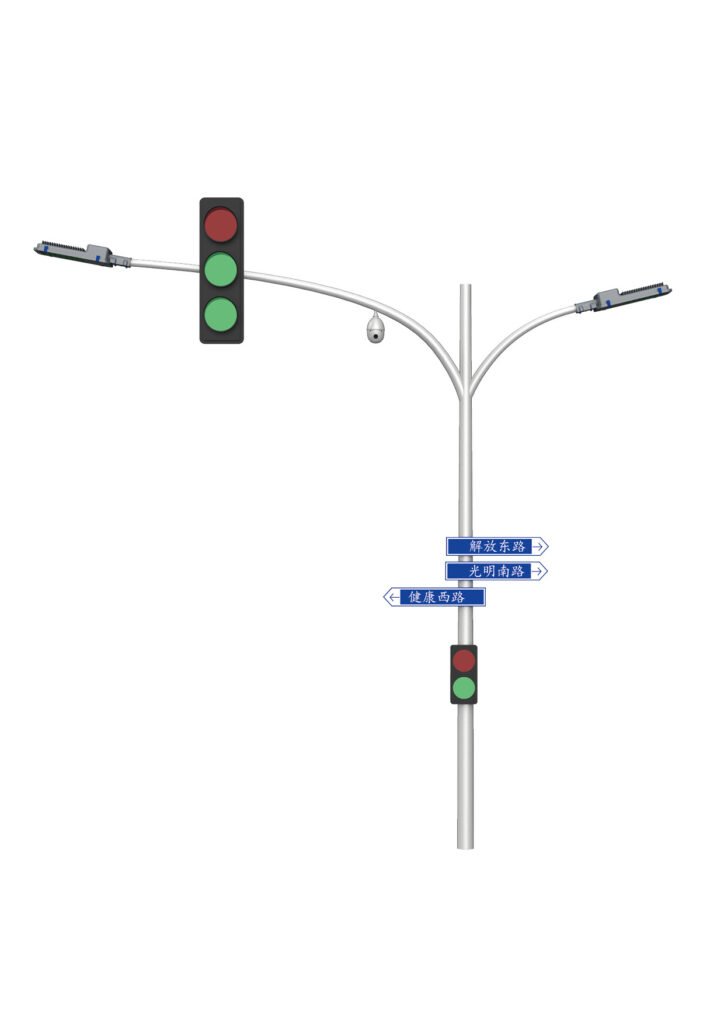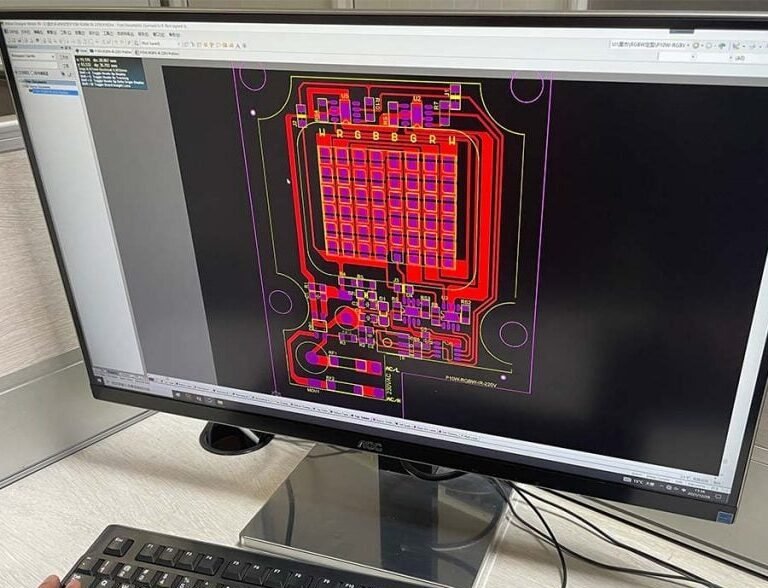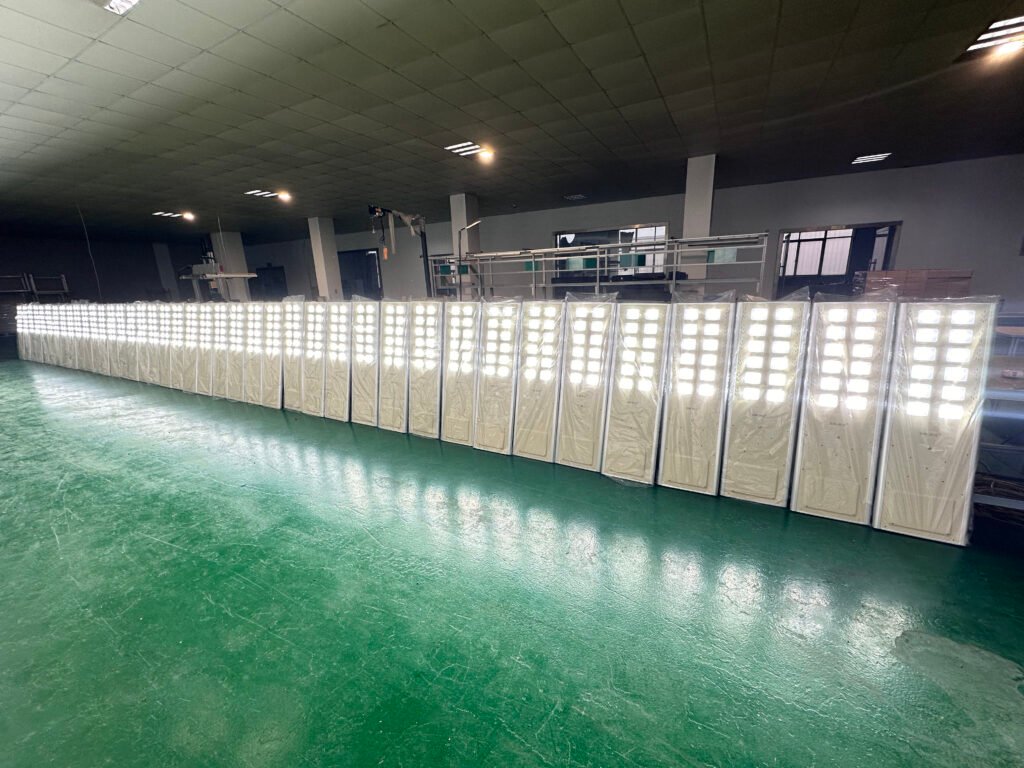Factory-direct solar street lights to cut your costs and grow your business.
Your Reliable Factory Partner for Smart Street Lighting
Direct from Our Factory. Designed for Your Growth
Solar Light Design
Customized solutions
Flexible Cooperation Models
Reliable After-Sales Support
Smart Street Light
Features
-
Intelligent Control System — Automatically adjusts brightness based on traffic flow and environment, saving energy and improving safety.
-
Remote Monitoring — Real-time status updates and fault alerts reduce maintenance costs and downtime.
-
Integrated Design — Combines solar panels, batteries, and LED technology for seamless, efficient operation.
Benefits
-
Lower Operational Costs — Intelligent dimming and smart energy use cut electricity bills and maintenance expenses.
-
Enhanced Safety & Comfort — Adaptive lighting improves visibility and creates a safer, more welcoming environment.
-
Boost Your Business Value — Factory-direct supply and fully customizable solutions help you win more local projects and increase profits.
Applications
-
Urban & Highway Lighting — Perfect for main roads, intersections, and smart city upgrades, enhancing traffic safety and efficiency.
-
Public Spaces & Parks — Ideal for plazas, playgrounds, and pathways to ensure a secure and inviting community atmosphere.
-
Commercial Areas — Great for parking lots, shopping streets, and business districts, supporting a modern and professional image.
Let’s discuss the products you need.
What is a smart street light?
A smart street light is an advanced street lighting system that uses modern technologies — such as sensors, wireless communication, and intelligent control systems — to automatically adjust lighting levels, monitor performance, and provide additional services.
Key features of a smart street light:
Automatic brightness adjustment: Lights can dim or brighten based on the time of day, traffic flow, or weather conditions to save energy.
Motion sensors: Increase brightness when pedestrians or vehicles are detected for improved safety.
Remote monitoring and control: Operators can check the status of each light, detect faults, and control lights remotely via a centralized system.
Energy efficiency: Optimized power usage reduces electricity costs and carbon emissions.
Integration with other smart city services: Some systems include cameras, environmental sensors (air quality, temperature), public Wi-Fi, or even EV charging points.
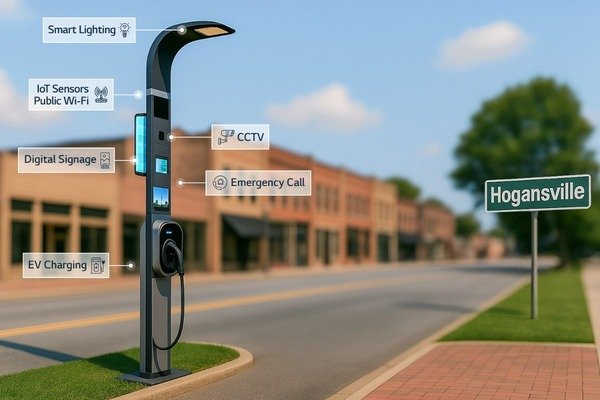
Main functions of smart street lights
1️⃣ Smart dimming
Automatically adjusts brightness based on time schedules, traffic flow, or ambient light.
Saves energy and extends the lifespan of lighting components.
2️⃣ Motion sensing
Uses sensors (such as radar or PIR) to detect pedestrians, cyclists, or vehicles.
Lights up or brightens only when movement is detected, enhancing safety and reducing unnecessary energy use.
3️⃣ Remote monitoring and control
Allows operators to check the status of each light in real time from a central system.
Supports remote on/off switching, brightness adjustments, and fault detection.
Reduces maintenance costs and speeds up repair response.
4️⃣ Environmental monitoring
Equipped with sensors to collect data on air quality (PM2.5, CO₂), temperature, humidity, noise levels, and more.
Helps cities manage environmental conditions and make data-driven decisions.
5️⃣ Fault detection and maintenance alerts
Automatically identifies failures (such as lamp outages or electrical faults) and notifies maintenance teams.
Improves reliability and minimizes downtime.
6️⃣ Integration with smart city systems
Can connect with surveillance cameras, public Wi-Fi, EV charging stations, and emergency communication systems.
Supports broader urban management and enhances public services.
7️⃣ Energy consumption monitoring
Tracks real-time and cumulative energy usage of each light or group of lights.
Helps in optimizing energy strategies and reducing operating costs.
Application Scenario
Where are smart street lights usually installed?
Smart street lights are mainly installed in the following scenarios:Urban main roads and highways
Provide high-brightness, uniform illumination to ensure nighttime traffic safety, while supporting intelligent monitoring for better city management.
Residential streets and community roads
Focus on enhancing residents’ sense of safety, often equipped with pedestrian detection and smart dimming to save energy and improve comfort.
Industrial parks and campuses
Used not only for lighting but also integrated with security cameras, environmental sensors, and broadcast systems to support smart park management.
Parks, greenways, and scenic areas
Designed for aesthetic appeal and low light pollution, support nighttime leisure activities and environmental monitoring.
Parking lots and commercial complexes
Emphasize safety monitoring and vehicle guidance, often combined with cameras, information displays, and advertising screens.
Ports, docks, and large public squares
Require high-intensity lighting and real-time monitoring, with additional functions like wireless communication and emergency broadcasting.
What are the different needs for smart street lights in different scenarios?
| Application Scenario | Main Needs | Functional Features |
|---|---|---|
| Urban main roads | High brightness, wide coverage, traffic safety | Smart dimming, remote monitoring, traffic data analysis |
| Residential areas | Energy saving, comfort, safety | Motion sensing dimming, environmental monitoring, emergency call functions |
| Industrial parks | Integrated management, multi-functionality, security | Video surveillance, broadcasting, environmental data collection |
| Parks / scenic areas | Aesthetic, low light pollution, smart experience | Soft lighting, environmental information display, Wi-Fi access |
| Parking / commercial areas | Guidance, safety, information interaction | Smart navigation, parking space monitoring, advertising display |
| Ports / docks / squares | High brightness, reliability, remote control | High-power lighting, video monitoring, environmental detection |
Cost and Benefits
✅ How much more expensive are smart street lights compared to traditional street lights?
On average, smart street lights cost about 30% to 50% more upfront than conventional street lights.This higher initial cost comes mainly from advanced components such as smart controllers, sensors (motion, light, environmental), communication modules, and sometimes additional hardware for surveillance or data collection.
✅ What long-term benefits or savings can smart street lights bring?
Despite the higher initial investment, smart street lights can significantly reduce long-term operating costs and bring additional value. Here’s how:Energy savings:
Smart dimming and motion-sensing can cut electricity consumption by 50% or more, depending on the application and traffic patterns.
Lower electricity bills:
Reduced energy use directly lowers monthly utility expenses, making overall operation more cost-effective.
Reduced maintenance costs:
With real-time monitoring and automatic fault detection, maintenance teams can identify and fix problems faster, reducing routine inspection costs and extending component lifespans.
Longer fixture lifespan:
By dimming or turning off lights when not needed, the lifespan of LEDs and other components is increased, delaying replacement costs.
Improved public safety and city image:
Enhanced lighting control, environmental monitoring, and integrated surveillance help create safer and smarter urban environments, which can attract investments and improve public satisfaction.
System & Compatibility
✅ Can smart street lights be compatible with existing power systems or poles?
Yes — most smart street lights are designed to be compatible with existing AC power systems and standard street light poles.
They can usually be retrofitted onto existing poles without major structural changes.
In many cases, only the luminaire (light head) and the control system need to be replaced or upgraded.
This reduces installation costs and allows cities to upgrade gradually rather than replacing entire infrastructures.
✅ What additional infrastructure is needed (e.g., networks, control centers)?
To fully utilize the capabilities of smart street lights, some additional infrastructure and systems are often required:
Communication network:
A wireless network (such as NB-IoT, LoRa, Zigbee, or 4G/5G) is needed for real-time data transmission and remote control.
Centralized control center:
A monitoring and management platform where operators can remotely control, monitor status, receive alerts, and analyze performance data.
Environmental or surveillance integration (optional):
If environmental sensors or security cameras are integrated, additional data processing and storage infrastructure may be required.
Software and data security systems:
To ensure reliable operation and protect against cyber threats, secure software and encryption measures are important.
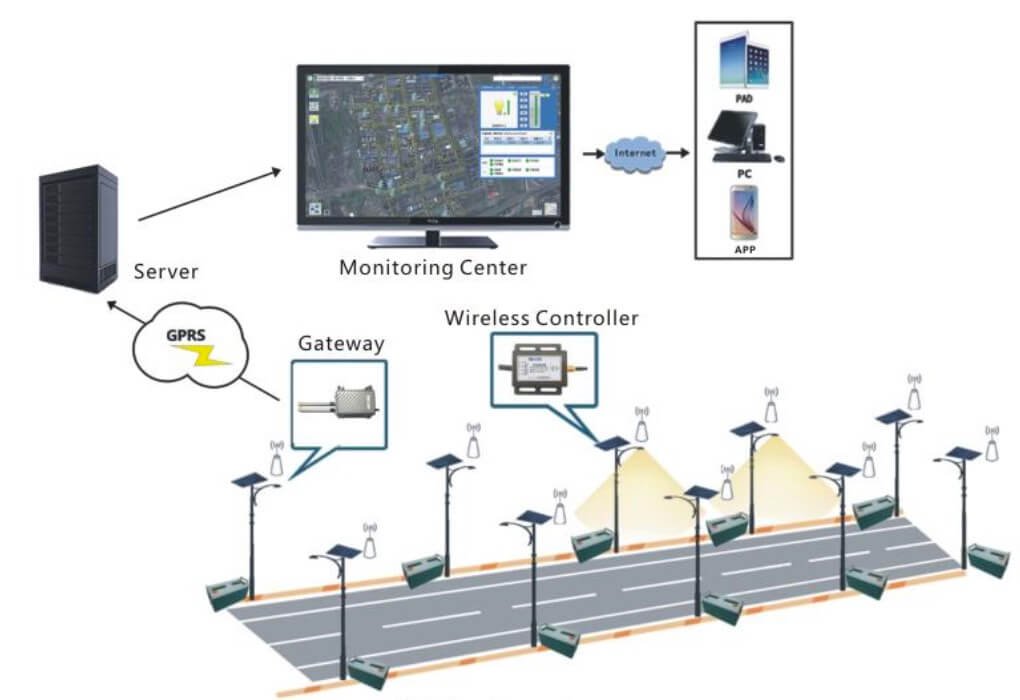
Future Development
What are the development trends for smart street lights?
Smart street lights are evolving rapidly and moving beyond simple lighting to become multifunctional urban infrastructure. Key trends include:Integration with AI and data analytics:
Using artificial intelligence to analyze traffic flow, predict maintenance needs, and optimize energy usage more intelligently.
More advanced sensor technology:
Adding environmental, air quality, noise, and weather sensors to provide real-time data for city management.
Energy self-sufficiency:
Combining with solar panels and energy storage systems to create self-powered, off-grid lighting solutions.
Improved interoperability:
Supporting open protocols and standards to integrate easily with other urban systems and platforms.
Enhanced citizen interaction:
Providing features like public Wi-Fi, emergency buttons, information displays, or charging points for electric vehicles.
Are there applications combined with smart cities and IoT?
Absolutely — smart street lights are an essential part of smart city and IoT ecosystems.
Urban connectivity:
Act as nodes in an IoT network, collecting and transmitting data to central platforms for better decision-making.
Smart traffic and safety management:
Integration with traffic cameras and sensors allows for real-time traffic optimization, automated accident detection, and emergency response.
Environmental monitoring and public services:
Help cities monitor pollution levels, temperature, humidity, and noise, providing critical data to improve living environments.
Energy and infrastructure optimization:
Enable more precise energy management and maintenance planning, leading to lower operational costs and a more sustainable city.
The ULTIMATE Guide to Sourcing Solar Lights in China
- Totally free and full of resources
- Save your ton of time to make a decision
- A must-have checklist for sourcing
- Written by a experienced engineer

